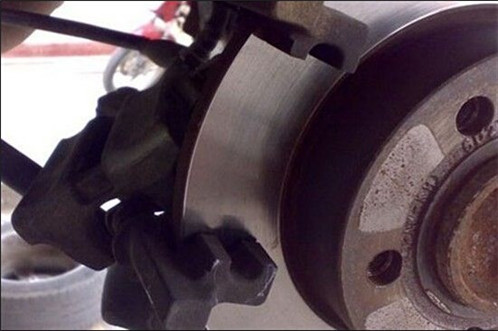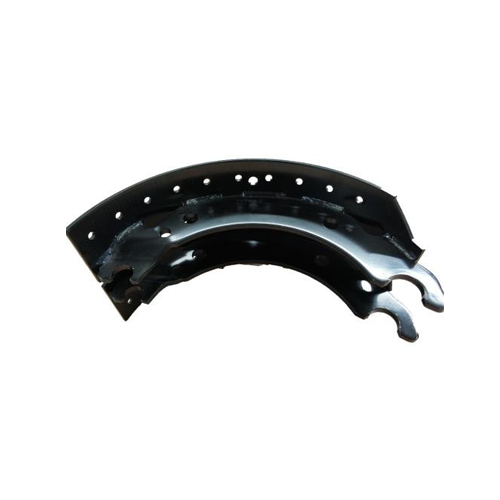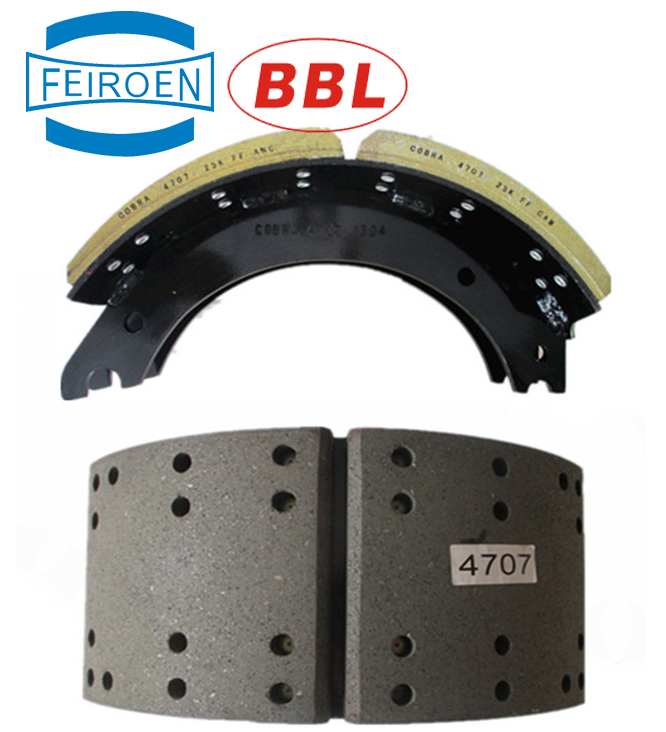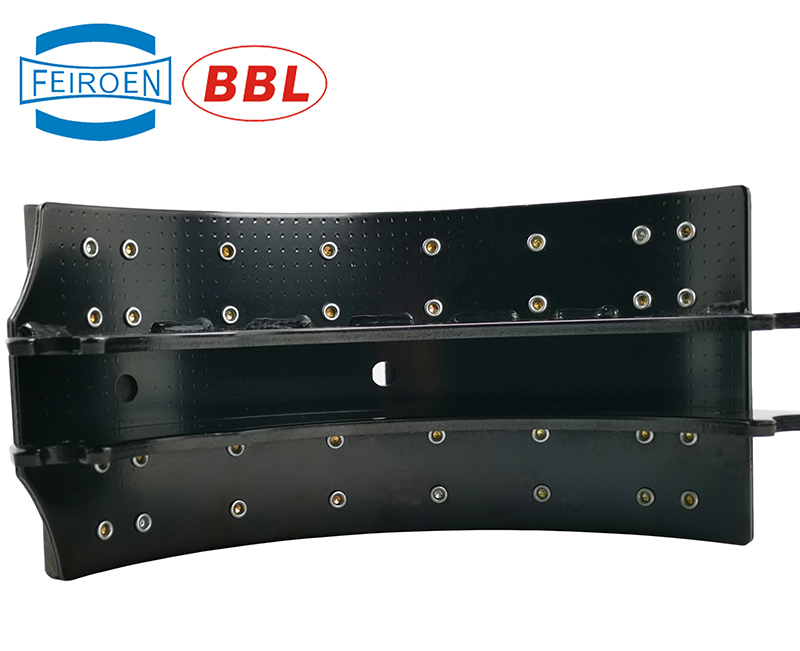
Brake Shoes BPW180
Brand FEIROEN
Product origin ZAOYANG
Delivery time 35 DAYS
truck brake shoe BPW 180
1. IATF 16949, ISO 9001
2. OE supplier of truck brake shoe, supply to European OE customers
3. Main market Trailer brake shoe : South Afirca, Europe, India
4. Trademark: FEIROEN
5. first class equipment, CNC production line
6. OEM ODM: available
7. lead time: 5-7 days in stock or 30 days out of Stock
heavy duty truck brake shoe BPW 180
Specification: Standard and customized
Brake shoe replacement cycle
Generally, the front brake shoes are viewed once every 60,000 km, and the rear brake shoes are viewed once every 120,000 km. There may be slight differences in the maintenance intervals between different models.
When replacing the front/rear brake shoes, the front/rear left and right wheels are replaced with two pieces to ensure the stability of the brake function.

The necessity of brake shoe replacement
According to the material, in the traffic incident in 2011, the Ministry of Public Security statistics accounted for 32% of the problems caused by the brake system, and the number of deaths was as high as 30,000. So at a critical moment, the distance between safety and risk may be only 2 meters, 1 meter or 0.5 meters. Think about it. If there is a traffic accident, the brain's first instinctive reaction is braking. At this time, the brake system is not sensitive, and the result is unimaginable. It can be said that the brake system is the most important system for vehicle safety during vehicle travel. For this reason, it is necessary for the owner to check frequently and maintain it.

Brake shoe maintenance precautions
1. When selecting the brake shoe, first understand the information about your car to confirm the brake shoe model, otherwise it will not be smooth.
2, pay attention to the number of brake shoes purchased, generally replace the front brake shoes, the front left and right wheels a total of 2 pieces of replacement together, the rear brake shoes are the same.
3. The replacement of the brake shoes must replace the two coaxial wheels together. After replacing the new brake shoes, it is necessary to prevent strong braking. After 1000 km or so, it is necessary to reach the brake pads and brake shoes. Good working condition.
4. Whenever you view the replacement brake pads, pay attention to the condition of the brake shoes to ensure the stability of the brake system.
5. Check and maintain the special seasons. In the rainy and humid season, check the condition of the brake shoes frequently to prevent the rust from being severe. The brake system should be thoroughly viewed before and after long-distance driving.
6. pay attention to the abnormal conditions of the brake system in the process, such as abnormal brakes, brakes and other conditions to prevent brake problems.

To determine whether the brake shoe needs to be replaced, it can be discriminated by the following three methods:
1. Listening to the sound: If the brakes are accompanied by the sound of the "iron shovel" or the squeaking sound (there may be the effect of the brake pads running at the beginning of the device), the brake pads are necessary. Replace now. Because the limit markings on both sides of the brake pads now directly conflict with the brake shoes, the brake pads have now exceeded the limit.
In this case, the brake pads are replaced with the brake shoes. When the sound is heard, the brake shoes are now damaged and scratched. Even if the new brake pads are replaced, Eliminate the sound and advocate the timely replacement of brake shoes.
In addition, some bad quality brake pads have hard spots, so abnormal noise will occur. In general, the abnormal noise will disappear after a period of wear.
2. Generally, whether the warning light of the brake shoe on the instrument panel is illuminated is the basis for determining whether the brake shoe should be replaced. Generally, the indicator light is off. When the brake shoe is faulty or excessively worn, the light is turned on and is extinguished after correction. When the warning light is on, the brake shoes have worn to the limit, the brake function has been reduced, which greatly affects the safety of driving. Therefore, we advocate to regularly check the brake shoe wear condition to see if it can be used, instead of just trusting the warning light.
3. Look at the thickness: Most brake shoe products have wear indicators, which means that 3 small pits will be scattered on the disk surface. Use a vernier caliper to measure the depth of the pit to be 1.5mm. That is to say, the total wear depth of the brake shoes on both sides reaches 3 mm. When the quasi-wear and complete wear shown in the figure below are presented, we advocate replacing the brake shoes in time.
Of course not all brake shoes have wear indicators. We can use our fingers to touch the extension of the disc to determine the approximate depth. Generally speaking, if the total wear depth of the brake shoes on both sides reaches 3 mm, the brake shoes should be replaced in time.
In addition, when the brake shoes (drums) on both sides use different brands and different specifications, the conflicting effects are different, resulting in different brake functions on both sides, which will lead to brake deviation, poor braking effect and long braking distance. Bad results. Therefore, it is recommended to replace the two sides of the coaxial brake pads (hoof) to ensure the same braking effect.








